When Hernán Crespo, the Argentine‑born head coach of São Paulo FC, unveiled his game plan for the Copa Libertadores quarter‑final, the continent’s premier club competition, the stakes felt personal for both sides.
The first leg unfolded on at the high‑altitude Estadio Rodrigo Paz Delgado in Quito, Ecuador. A week later, on , the return match shifted to São Paulo’s home turf, where the Brazilian crowd waited with bated breath.
Context: How Both Clubs Reached This Point
São Paulo entered the tie after a roller‑coaster run in the group stage, clawing out a narrow second‑place finish behind Atlético MG. LDU Quito, fresh from a perfect group record, rode a wave of confidence after dispatching Club Universitario in the round of 16.
Both clubs carry a recent history of managerial turnover and injury woes, making Crespo’s tactical choices even more critical. The Brazilian side, for instance, had lost their veteran striker Jonathan Calleri to a season‑ending ACL injury back in March, while LDU’s star forward Michael Estrada had been nursing a hamstring strain.
First Leg: 3‑5‑2 Blueprint at Altitude
In Quito, Crespo stuck to a classic 3‑5‑2. Rafael guarded the net, flanked by a three‑man defensive line: Nahuel Ferraresi, Robert Arboleda and Alan Franco. The midfield swarmed the wings—Cédric Soares, Marcos Antonio, Damián Bobadilla, Rodriguinho and Enzo Díaz—while the striking duo of Ferreira and Luciano (shirt 10) spear‑headed the attack.
Tiago Nunes, LDU’s manager, mirrored a compact 4‑2‑3‑1. Goalkeeper Gonzalo Valle behind defenders Gian Franco Allala, Ricardo Adé and Leonel Quiñónez. The midfield engine room featured José Choclo Quintero, Gabriel Villamíl, Carlos Gruezo, Fernando Cornejo and Bryan Ramírez, feeding the forward line of Lisandro Alzugaray, Jeison Medina and the ten‑yard‑looking number 10, Alexander Alvarado.
São Paulo fell 2‑0. Substitutions came late: Rigoni entered at 69’, Bobadilla and Díaz swapped out at 69’ and 77’ respectively. For LDU, Estrada (11) left the pitch at 71’ and defender Josué Cuero at 84’, signaling a desire to protect a lead.
Second Leg: Tweaking to a 3‑4‑1‑2
Back in Brazil, Crespo nudged the formation to a 3‑4‑1‑2. Rafael remained between the sticks, while the back three shifted to Franco, Arboleda and newcomer Sabino (35). The midfield narrowed: Díaz, Maia (29), Bobadilla and Rigoni (77) formed a compact four, with Rodriguinho (15) pulling the strings from a more advanced slot. Up front, Ferreira (11) partnered with Luciano, creating a two‑striker axis.
LDU’s line‑up stayed largely the same, except for goalkeeper Alexander Domínguez (22) in place of Valle. Defenders Richard Mina (3), Kevin Minda (5) and Cuero (28) defended a midfield piloted by Ederson Castillo (21), Melvin Díaz (23) and Yeltzin Erique (2). The attacking trio of Estrada (11), Lautaro Pastran (7) and Alvarado pressed hard but couldn’t find the net.
Substitutions for São Paulo came at 45’, then tactical tweaks at 66’ and 81’. LDU responded at 66’, 80’ and a final change in stoppage time, showing the coaches were pulling every lever.
Injuries That Shaped the Squad
- Andre – torn ACL, out for the season.
- Oscar – lower‑back strain, expected back mid‑October.
- Jonathan Calleri – ACL injury, returns early December.
- Luan Santos – thigh strain, target early October.
- Ryan Francisco – season‑ending ACL tear.
These absences forced Crespo to rely on younger legs and versatile players like Bobadilla, who covered both defensive and midfield duties.
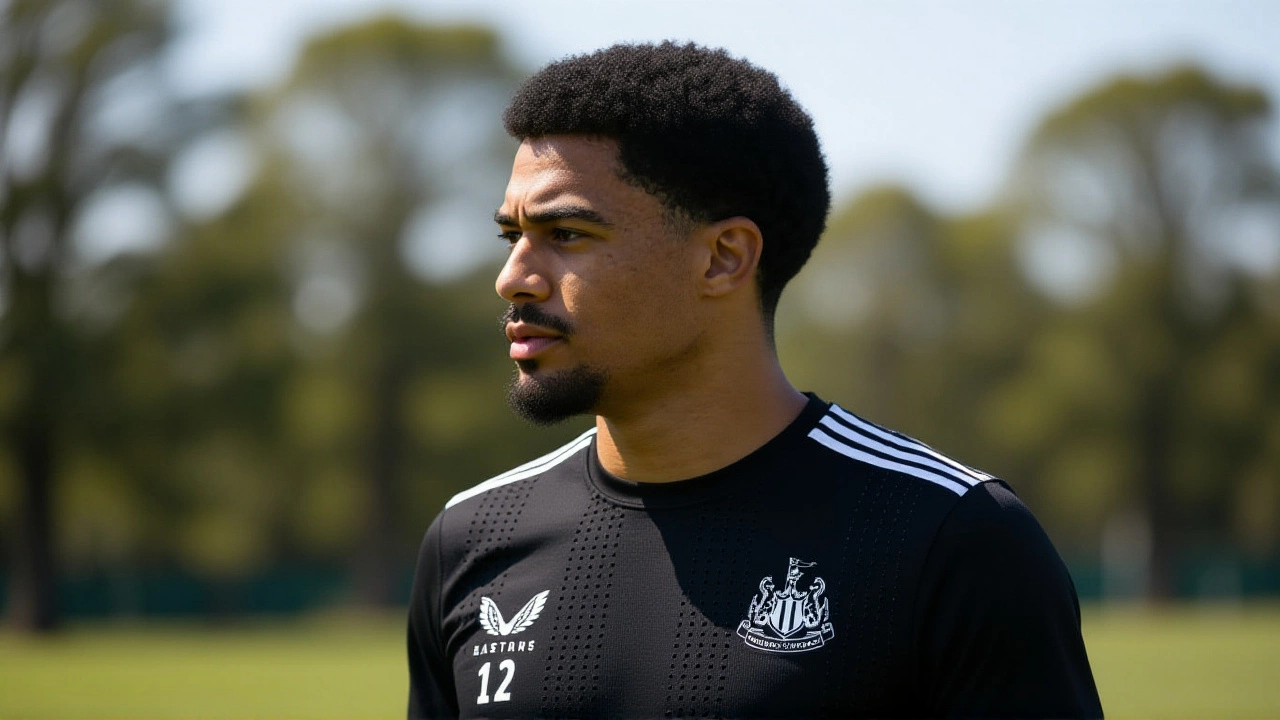
Statistical Snapshot
- Possession: São Paulo 48% vs LDU 52% in the first leg.
- Shots on target: São Paulo 3, LDU 6 (Quito).
- Pass accuracy: 78% for São Paulo across both legs.
- Yellow cards: 4 for São Paulo, 3 for LDU.
- Distance covered: São Paulo midfielders averaged 10.8 km per player.
Why This Tie Matters
The quarter‑final is more than a knockout; it’s a litmus test for Crespo’s tactical legacy at São Paulo. A win would set up a potential semi‑final against a South‑American heavyweight, catapulting the club back into the continental spotlight after a six‑year drought.
For LDU Quito, advancing would cement their status as Ecuador’s modern football beacon, showcasing that clubs outside Brazil and Argentina can still punch above their weight.
Looking Ahead: What’s Next?
If São Paulo can overturn the two‑goal deficit, they’ll need a decisive home performance—likely a high‑press, quick‑transition game that exploits the altitude advantage LDU enjoyed in the first leg.
LDU, meanwhile, will aim to defend resolutely and hit on the counter. Their winger Alzugaray has shown a knack for slicing open defenses, and a well‑timed long ball could be the dagger.
Background: The Legacy of Copa Libertadores Quarter‑Finals
Historically, Brazilian clubs have dominated the competition, winning 63 titles. Yet South‑American underdogs have pulled off shocks—most famously, LDU Quito’s 2008 triumph over Fluminense.
This matchup rekindles a rivalry dating back to the 1990s when São Paulo’s legendary 1992 squad faced off against LDU’s first continental stint. Back then, the Brazilian side prevailed, but the Ecuadorian side has closed the gap over the past two decades, investing heavily in youth academies and scouting.
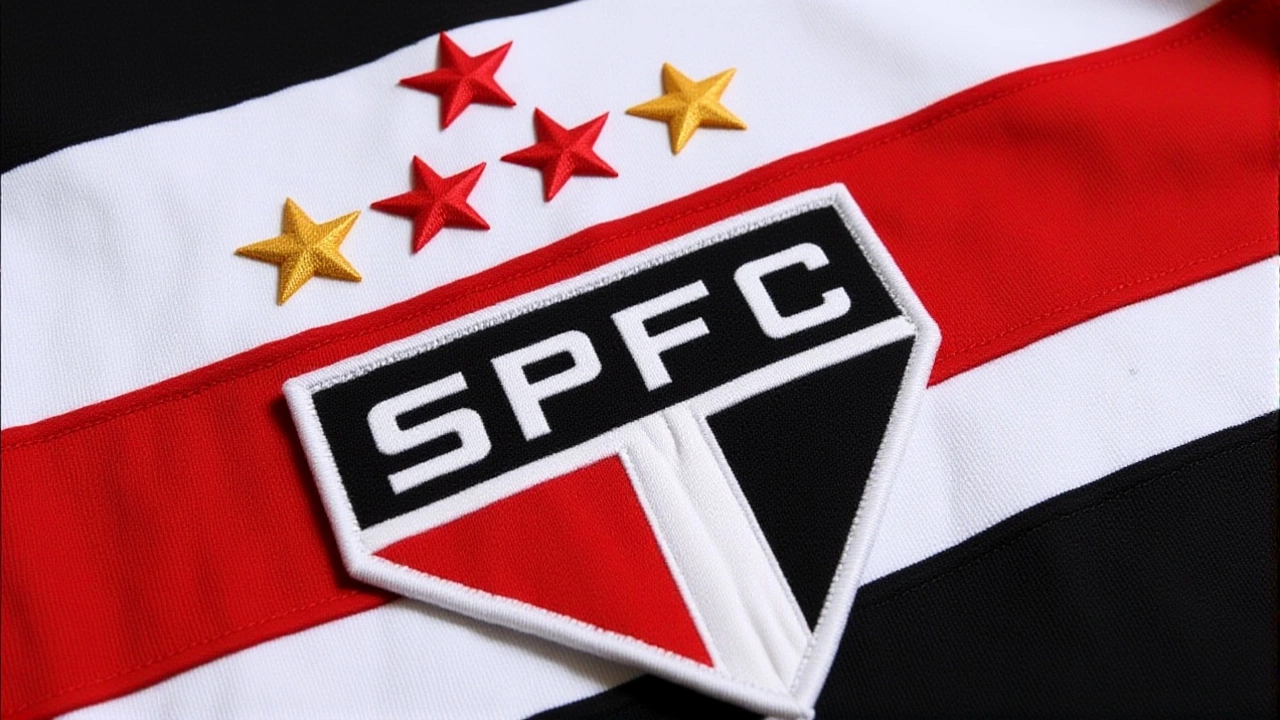
Frequently Asked Questions
How does the quarter‑final outcome affect São Paulo’s chances for the Libertadores title?
Advancing would keep São Paulo alive in a tournament where Brazilian clubs have historically dominated. A semi‑final berth improves their seeding, boosts revenue, and revitalizes the fan base, which has been restless after a title drought since 2012.
What tactical adjustments is Hernán Crespo expected to make in the second leg?
Crespo has shifted to a 3‑4‑1‑2, emphasizing a central striker partnership and a more dynamic midfield. Expect aggressive wing‑back runs, a higher defensive line to compress space, and a focused pressing trigger when LDU’s defenders receive the ball.
Which LDU Quito players are likely to influence the result?
Alexander Alvarado, the creative number 10, and winger Lisandro Alzugaray are pivotal. Their ability to unlock compact defenses with quick one‑twos could create the decisive chances for LDU.
What impact do the injuries to Andre and Calleri have on São Paulo’s attack?
Both are proven goal‑scorers, so their absence forces Crespo to rely on younger forwards like Ferreira and the experience of Luciano. It reduces São Paulo’s aerial threat but opens up room for more fluid, ground‑based movement.
When is the next round of the Copa Libertadores scheduled after this tie?
The semi‑finals are slated for early November 2025, with the first leg on November 3 and the return leg on November 11, giving teams roughly six weeks to regroup and prepare.
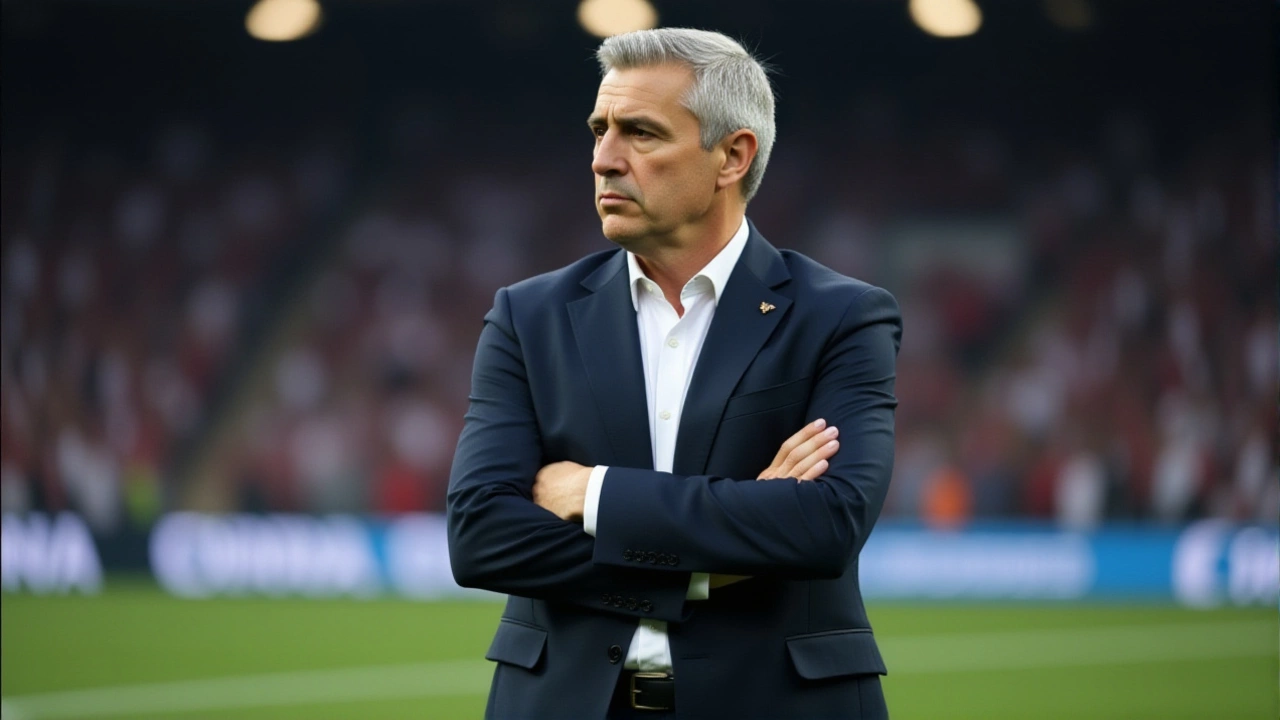
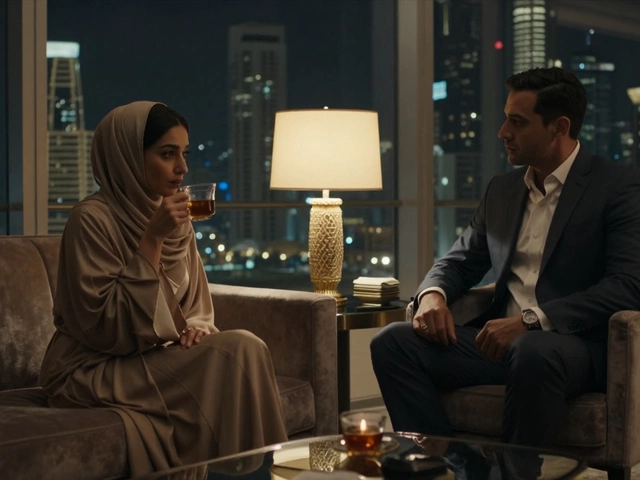

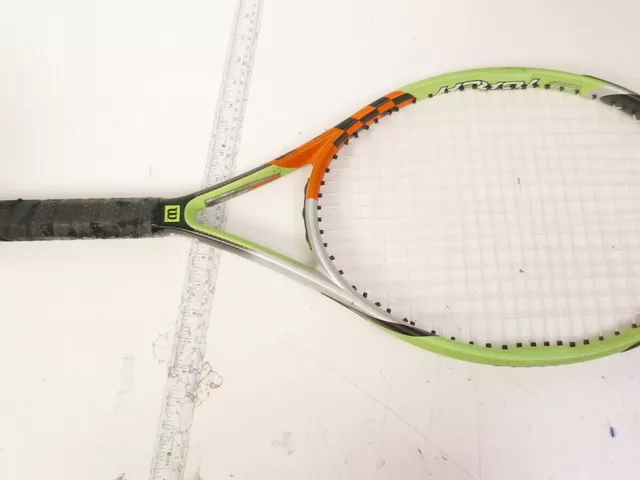
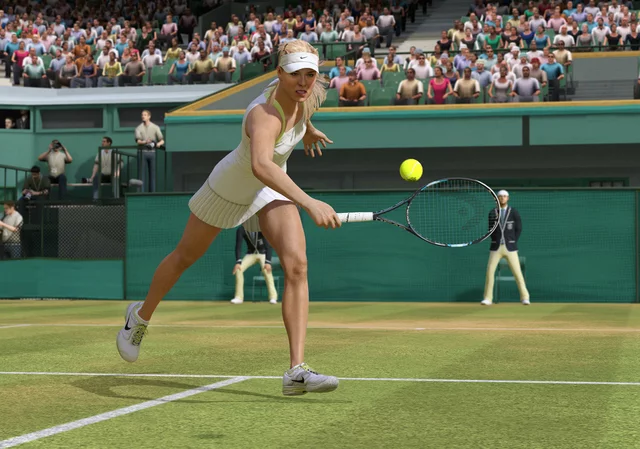
Written by Griffin Callahan
Hi, I'm Griffin Callahan, a sports enthusiast with a particular expertise in tennis. I've dedicated years to studying the game, both as a player and an analyst. My passion for tennis has led me to write extensively about the sport, covering everything from player profiles to match analyses. I love sharing my knowledge and insights with fellow tennis fans, and I'm always eager to engage in discussions about the sport we all love.
All posts: Griffin Callahan